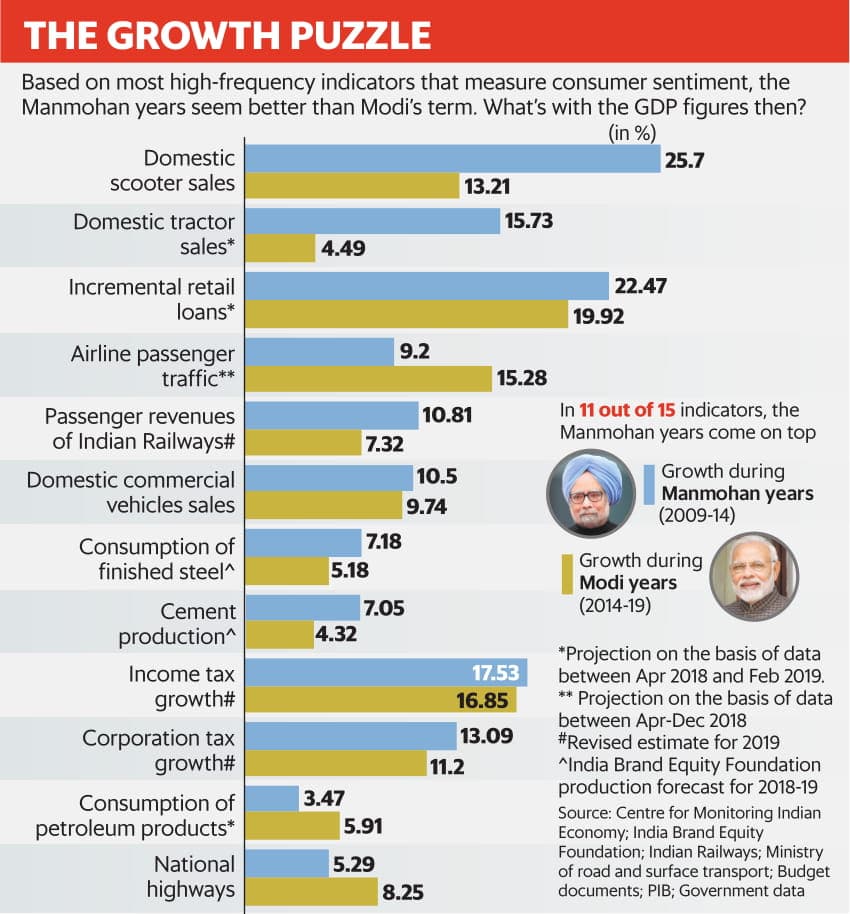
By Dr.Gyan Pathak
July 18, 2023 proved to be significant in recent political history of India, especially in the last decade since advent of BJP leader Narendra Modi as the Prime Minister of India in 2014. The opposition alliance I.N.D.I.A was formed with 26 political parties, while NDA was able to gather 38. All is number, said the Greek philosopher and mathematician Pythagoras, in the context of explanation of existence of the world, but the numbers 38 and 26 in India now is politically confusing.
“NDA’s vote share will be above 50 per cent because of its allies who are working hard,” said the Prime Minister Narendra Modi at the event, and hence it would be worth noting the strength of the 38 political parties, and how they have been faring in the past.
In the Lok Sabha election 2019, a total of 671 political parties had participated. NDA leaders say that they have more political parties in their fold than the opposition alliance, and hence they are stronger as fare as their numbers are concerned. However, this logic in itself is faulty. They cannot be correct because only 38 of the political parties are with them, and only 26 are in opposition alliance which totals up to only 64political parties. Merely number of parties are insignificant since much more 607 political parties are still not any political alliance.
Therefore, much important is to know the worth of the political parties on the basis of the results of 2019 Lok Sabha election. On the basis of political worth, the Election Commission of India declares the status as National, State, and Registered (unrecognized) parties.There were only 7 national parties and 43 state parties, and the rest were registered (unrecognized) political parties participating.
The seven national parties wereAITC, BJP, BSP, CPI, CPIM, INC, and NCP in the electoral battlefield of 2019. Now in the last year of the term of the Lok Sabha, we have seen emerging two distinct configuration of ruling and opposition alliances. NDA has only one national party that is BJP, while five national parties –AITC, CPI, CPIM, INC, and NCP (now dividedand Shard Pawar NCP is with opposition alliance) – have formed alliance against it. BSP is still alone and has become political Dalit. Incidentally, BSP is a Dalit party led by a Dalit leader Mayawati. It has a considerable support base primarily in Uttar Pradesh, but has influence in other states too. If we look at the picture, all but one national party, making alliance against one national party BJP is significant political development in India in recent past.
The 43 state parties participated in 2019 were – AAAP, ADMK, AGP, AJSUP,AIFB, AIMIM,AINRC, AIUDF,JD(S),JD(U), JKN, JKNPP, JKPDP, JMM, BJD, BLSP, BOPF, DMDK, DMK, INLD,IPFT, IUML,JVM, KEC (M), LJP, MNF, NDPP, NPEP, NPF, PMK, PPA, RJD, RLD, RSP, SAD, SDF, SHS (now divided), SKM, SP, TDP, TRS, UDP, and YSRCP.
A total of 13 of these state parties– DMK, AAAP, JD(U), RJD, JMM, SP, JKN (NC), JKPDP, RSP, AIFB, IUML, KEC (M), RLDare in the opposition alliance. Other registered but unrecognized parties in opposition alliance areAD (K), CPI (ML), SHS (UBT),MDMK, VCK, KMDK, MMK, and KC (J).
NDA included, only 9 of the stated parties – AIADMK, NDPP, NPF, AJSUP, SKM, MNF, IPFT, AGP, PMK– and the rest 29 are registered unrecognized political parties – SHS (Eknath), NCP (AjitPawar), RLJP (Pashupati), LJSP (Ram Vilas), AD(S), NPP, RPI (A), Tamil MaanilaCongress,UPPL, SBSP, SAD (S), MGP, JJP, PJP, RSPS, JSS, GNLF, PT, KKC, BDJS, HLP, JSP, HAM, AINRC, NISHAD, HSPDP, UDP (M), and KPA.
Thus, we see that even in terms of alliance with the state parties, opposition alliance is ahead with 13 state parties as against only 9 of the NDA. It means, not only at the central level, but also at the state level, NDA alliance is weaker than the opposition alliance.
Now let us see the strength of the BJP across the state in terms of percentage of votes it gained in 2019. PM Modi has claimed that NDA will have over 50 per cent of vote share in Lok Sabha election 2024, which cannot be substantiated on ground realities, since it has not enough alliance partner of national or state level. BJP gained over 50 per cent of votes in 2019 in only 13 states and UTs– Arunachal Pradesh, Goa, Gujarat, Haryana, Himachal Pradesh, Karnataka, Madhya Pradesh, Rajasthan, Chhattisgarh, Jharkhand, Uttarakhand, and UTs – Chandigarh, and Delhi. That too while riding on Pulwama attack wave in the country and Hindu consolidation of votes.
In Himachal Pradesh and Karnataka, the BJP has recently been humiliatingly thrown out of power. NDA is Haryana has developed cracks recently. Madhya Pradesh showing red signals on several accounts including anger among STs after a BJP leader urinated upon one of them. In Rajasthan and Chhattisgarh, the BJP rank and file are vertically split in factional feud, and in both the states the Central party leadership has failed to rein in the infighting even after change of state leadership. In both the state there would not be any CM face to avoid further bitter infights. AAP is going strong in Delhi.
It means in 23 states and UTs, the opposition vote share will be above 50 per cent if we take the 2019 Lok Sabha results into account. However, there is a bigger question of split of votes, and electioneering is not simply mathematical calculation. The opposition alliance has a potential, but they need to further strengthen and widen the scope and ambit of I.N.D.I.A alliance to take on NDA one-on-one in every possible constituency. BJP may go on splitting their parties, as we have seen recently, and also go on intimidating and disrupting opposition leaders’ political activities with corruption cases as it has been threatened by not less than Union Home Minister Amit Shah.(IPA Service)
The post Quantifying Political Worth Of NDA And I.N.D.I.A Is Puzzling first appeared on IPA Newspack.


